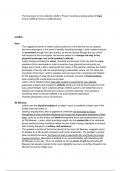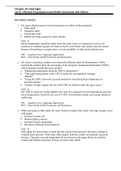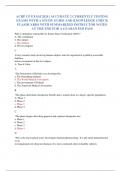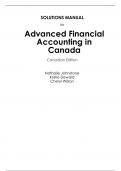Summary
Summary Notes on individual poems from Philip Larkin's The Whitsun Weddings - used for Eduquas a level english literature - A* grade - include analysis, topic sentences, critical quotes
- Module
- AS Unit 2 - Poetry Post-1900
- Institution
- WJEC
Notes on individual poems from Philip Larkin's The Whitsun Weddings - used for Eduquas a level english literature - A* grade - include analysis, topic sentences, critical quotes
[Show more]












